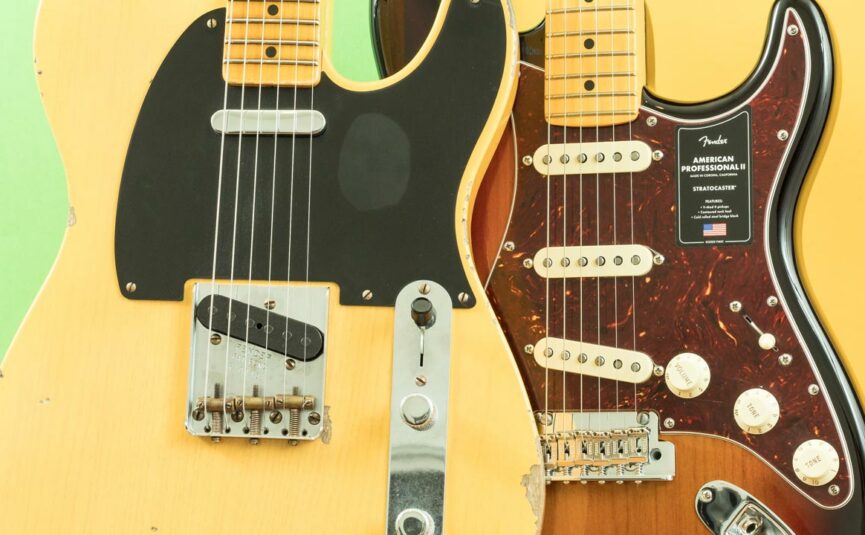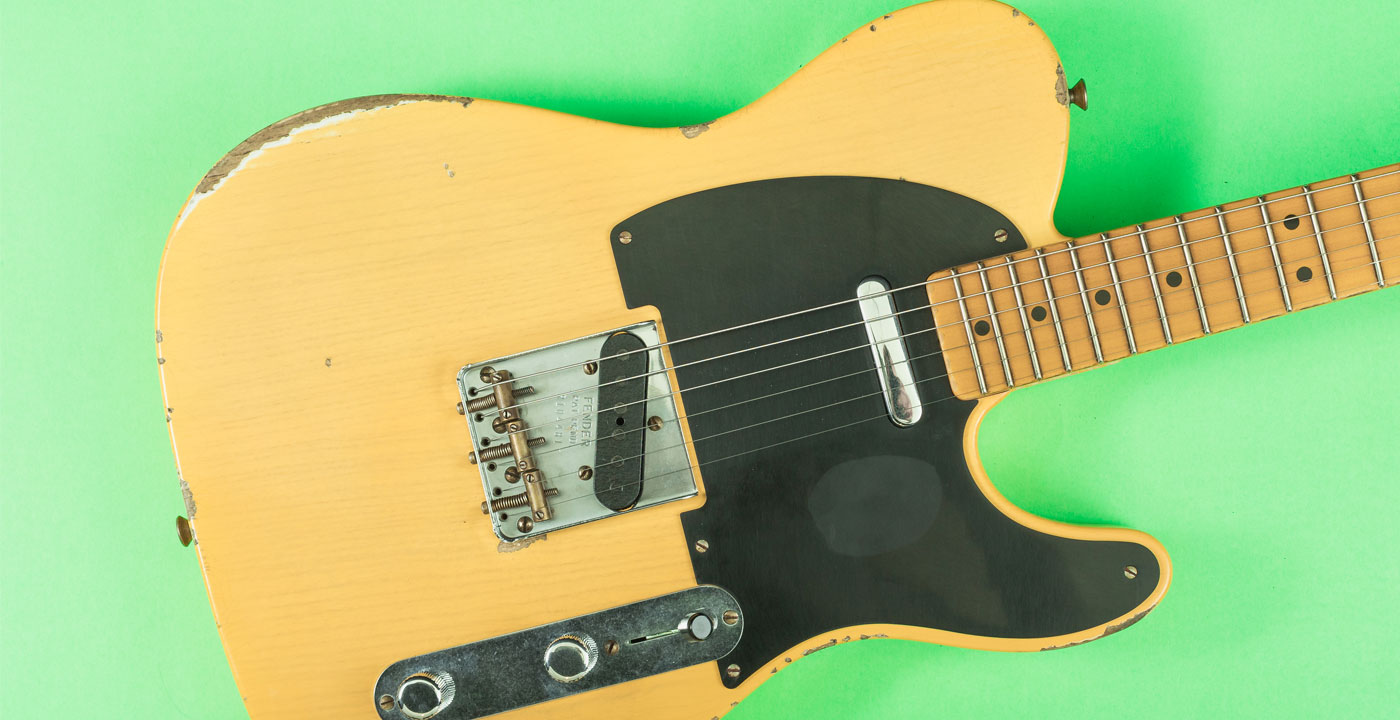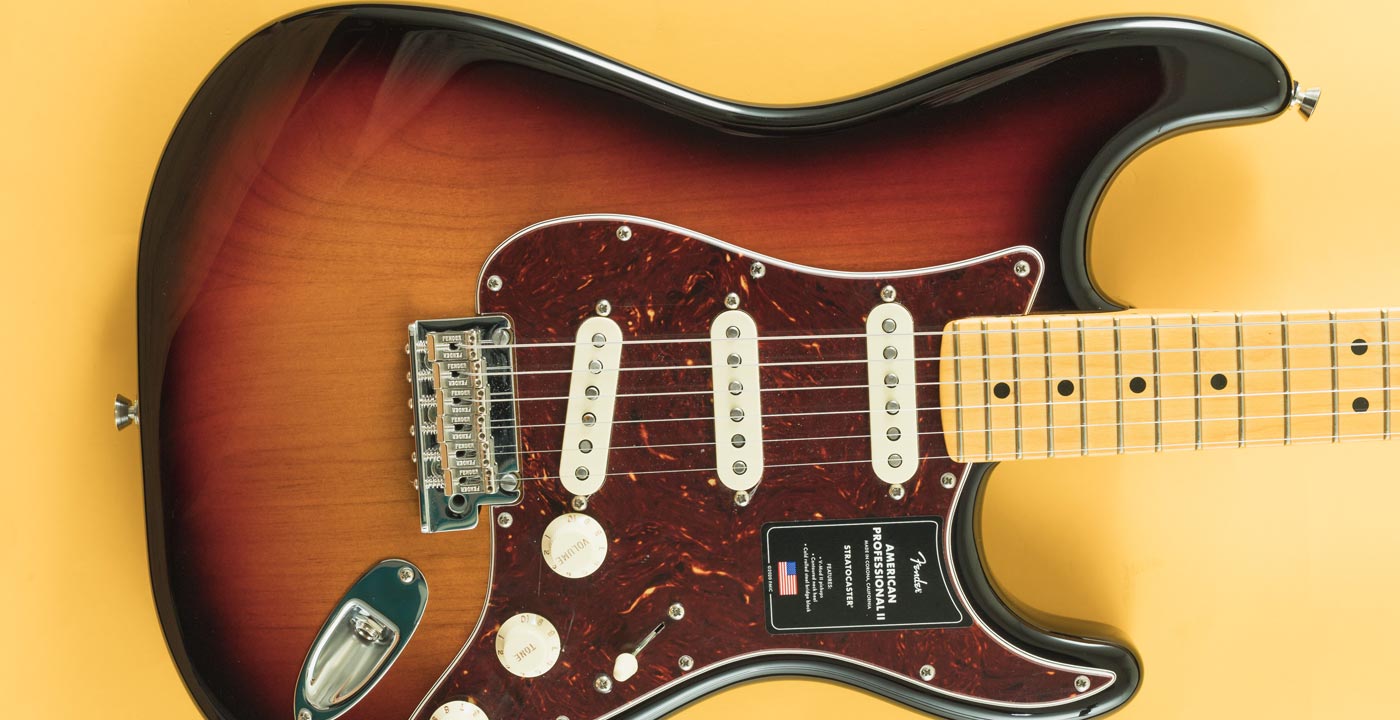Enter your search to find products
Or view all products to find what you're looking for.
View all productsFilter & sort products
Filter by Category
Category
- Accessories
- Amps
- Cables/Leads
- Drums
- Effects
- Acoustic Effects & Processors
- Amp & Cab Sims
- Bass Guitar Effects
- Boost, EQ & Compressor
- Delay & Reverb
- Fuzz
- Loop Pedals
- Modulation
- Multi Effects
- Octave, Filter & Synthesizer
- Overdrive & Distortion
- Power Supplies & Pedalboards
- Tuners, Noise Gates & Selectors
- Vocal Effects & Processors
- Wah, Volume & Expression
- Gift Card
- Guitars
- Live Sound
- Microphones
- Piano/Keys
- Studio/Recording
- Uncategorised
Filter by Brand
Brand
- 1 Spot
- AKG
- Alpine Hearing Protection
- Aquila
- Armour
- Arturia
- Auden
- Audio Technica
- Black Mountain
- Boss
- Boveda
- Buckaroo
- Cole Clark
- Cordoba
- Cry Baby
- D'addario
- DSL Straps
- DW
- DXP
- Death By Audio
- Dr Part
- Dunlop Manufacturing
- EBS
- Earthquaker Devices
- Electro Harmonix
- Elixir
- Epiphone
- Ernie Ball
- Fender
- G7th
- Gibraltar
- Gibson
- Gretsch
- Hearos
- Hercules
- Hofner
- Hohner
- Hosa
- Konig & Meyer
- Korg
- Kyser
- LR Baggs
- La Bella
- M-Audio
- MXR
- Mad Professor
- Marshall
- Martin
- Maton
- Mogami
- Mono
- Music Nomad
- Native Instruments
- Old Blood Noise Endeavors
- Openhagen
- Orange Amplification
- PDP Drums
- Paul Reed Smith
- Pearl
- Pedaltrain
- Pig Hog
- Remo
- Roland
- Rotosound
- Rtom
- SE Electronics
- Savarez
- Shubb
- Sigma
- Snark
- Squier
- Stagg
- Stringjoy
- Strymon
- TC Electronic
- TC Helicon
- Universal Audio
- Valencia
- Vic Firth
- Voodoo Lab
- Walrus Audio
- Xtreme
- Yamaha
- Zildjian
Sort
- Popular first
- Price: lowest first
- Price: highest first
- Newest first
- A - Z
- Z - A
Apply and close



